Method description & history
The history of the animation is longer than the history of filmography: Paleolithic cave paintings, magic lanterns and the phenakistoscope were all used before film was invented. After the introduction of film, animations were part of early movies (as tricks and background almost from the very beginning of the era). Walt Disney’s 1937 Snow White and the Seven Dwarfs was the first animated feature film completely made using hand-drawn animation.
To read more about animation methods in learning in general, please read other chapter of this toolbox.
Instructions
Story and manuscripting
- Selection of characters/objects for the animation (This can be practically anything: LEGO blogs, fruit, office equipment, paper dolls etc.)
Animating
- Audio: Record the audio. This can be done before the point 3, making it easier to time the scenes. Place the audio into the timeline in iMovie
- Show film and debrief: After the workshop, the participants can discuss how they felt during the exercise and discuss the animation process (what went well, what could be better).
How to apply it for people with disabilites or fewer opportunities
In practice everyone except visually impaired people can draw and one of the goals of the workshop is empower people to realise this.
Bear in mind that ‘bring(ing) your own device’ may not be possible for people with fewer opportunities. When implementing digital stop motion animation, ensure you have a number of devices with you for participants who may not have their own.
Tips and tricks
In order to create this trick you need some basic equipment such as a camera, an app and something to animate. In our training, we use Lego figures, bricks, fruits and sticks – anything that can be used to create a motion.
You may use a semi-professional video camera with features of interval recording or frame recording, but a mobile phone or pad with a stop motion app can do almost the same. There are several free stop motion apps for iOS or Android e.g. Stop Motion Studio.
When using the app, first adjust the settings. The most important setting is the frame rate – how many frames/second the camera is shooting. More frames per second means smoother movements in the final animation, but it also means more animating work. The recommended rate is usually at least 12 frames/second, since the resolution of the eye is about this rate.
You will need something to hold your camera, mobile phone or pad static. The perfect solution is a tripod, but of course a homemade mobile phone holder is also possible. Good lightning and the possibility to adjust the lighting is also recommended.
Instructions for workshop
It is easier to organize the workshop if all participants have access to the same app and the same system in devices such as iPads; you can guide all participants through the process. The workshop can start with a short tutorial on the basics of shooting: how to handle a camera, framing, image sizes, – angles, -movements, lightning etc.
Limit the duration of the final animation to 20 – 30 sec. That way, the length of workshop is round 2 hours. When using Lego, it is also important to pay attention to stability of the base and camera otherwise the final video will be shaky. Be aware that all movements in front of the lights will be visible as shadows in the final video. Adjust all camera settings at the beginning of filming.
Calmness, common sense and a good division of tasks guarantee a good result. Every motion counts and it
is crucial to plan e.g. how many moves you need for figures if one step takes half a second or one second. It is also possible to animate one motion and then multiply it or to use it backwards or reflect it as a mirror image and remember that the final animation can be assembled in parts.
The next phase is editing your stop motion animation. Even though the app can render separate frames as one video clip, we recommend editing the final video individually. Sounds, filters, text and other effects can be added and colours should be adjusted in this phase. The final video can be uploaded to various platforms to share it with a wider audience. Be sure to premiere the film in some way; briefing and feedback are an essential part of learning process.

Practicalities
When you might use it: When you want to create engaging animated stories to describe/promote processes and services and you do not have the skills to use professional animation tools or do not want to invest in animation applications.
Time required: 2 to 4 hours. The required time depends on the length and complexity of the story. Preparations take less time if you use objects or LEGO blogs to your animation. Ask participants to bring their stories to the workshop in order to make the workshop more effective.
How many people involved: The method is best suited to classes of ten people (working in pairs) but can be applied to larger classes as well, depending on the equipment available.
Target: All range of target groups: professional youth workers, communications people, young people.
Where: Classroom, meeting room.
Materials Required: Paper and pens for the sketching and manuscripting, internet connection if you want to upload animations to the internet, a semiprofessional camera, table, objects to use in the animation (lego, objects, paper, scissors etc.), animation application. Lego minifigures, lego bricks and lego building plates, an animation application e.g. Stop Motion Studio (App Store or Google play).
Author
The methodological description is based on the text produced by Jarmo Röksä. Developing Youth Work Innovation. E-handbook. Project Future Labs. Erasmus+, KA2, 2019. Publication of Humak University of Applied Sciences, page 97.



